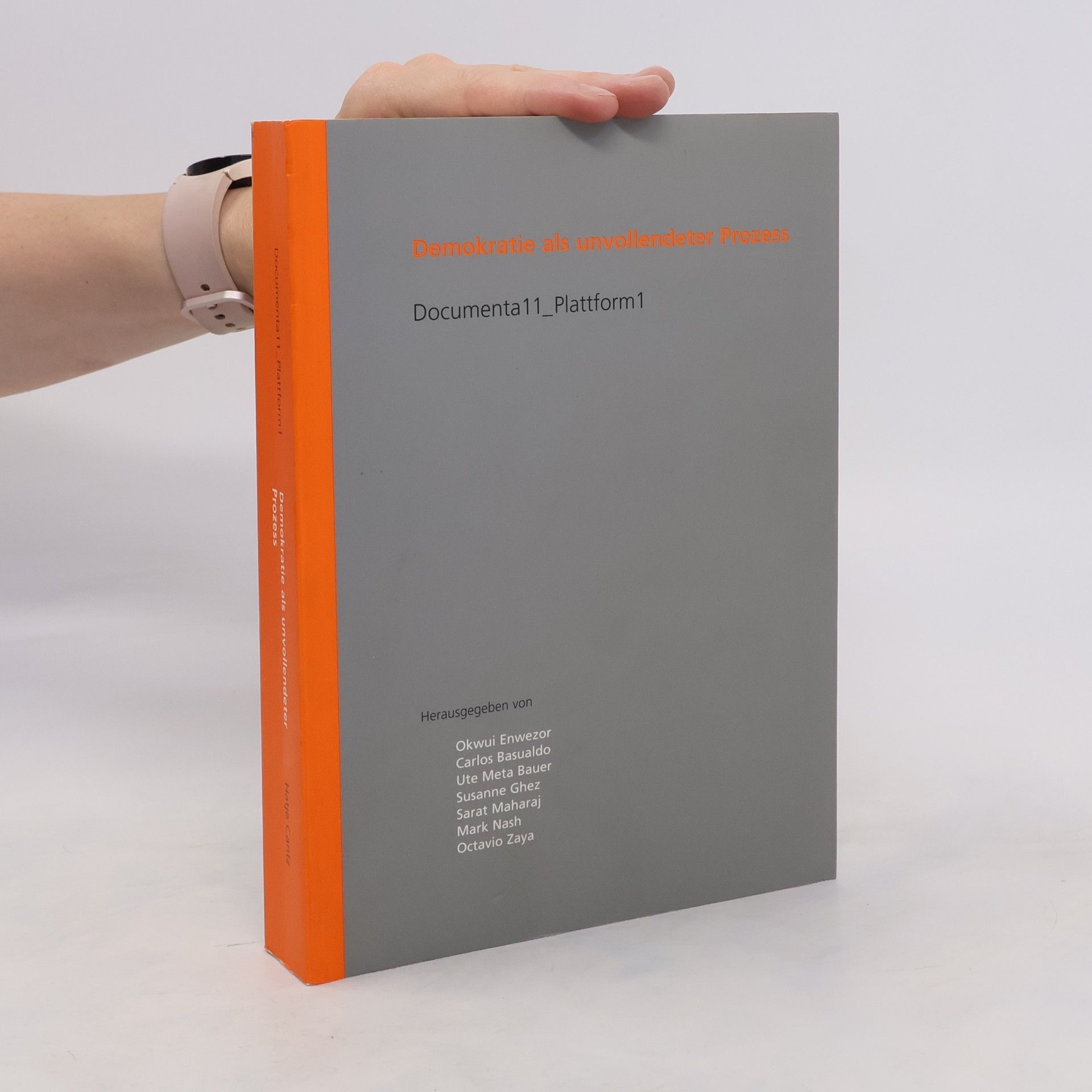El Anatsui: The Reinvention of Sculpture
- 360 pages
- 13 hours of reading
The book offers an in-depth exploration of El Anatsui's artistic journey, highlighting his evolution from early wood reliefs and terracottas to his iconic monumental metal sculptures. Drawing on over thirty years of research and collaboration with the artist, it delves into the themes of alternative art-making models that permeate his work. Authored by esteemed scholars Okwui Enwezor and Chika Okeke-Agulu, it stands as a definitive account of Anatsui's contributions to contemporary art.


